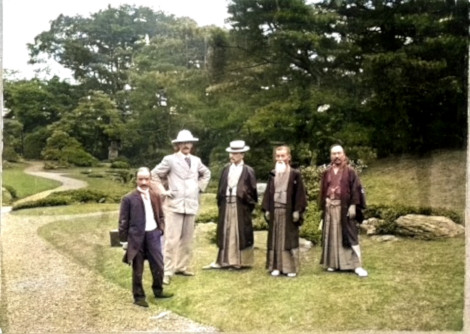
Photograph of academics in the garden of Shigenobu Okuma, founder of Waseda University, which has developed a colorization system for old photographs. This originally black and white photograph, dating from around 1930, was colorized using artificial intelligence technology (© Waseda University)
Have you ever seen a black and white photograph from a hundred years ago? Because color photography was not developed until approximately 60 to 70 years ago, it was normal back then for movies, TV, and photographs to be in black and white. It’s easy to make a color photo black and white, but until recently black and white photographs could only be colored by hand. Researchers at a Japanese university have developed a computerized system that can automatically color such old monochrome photographs, however.
Scanning Photo Characteristics with AI Technology
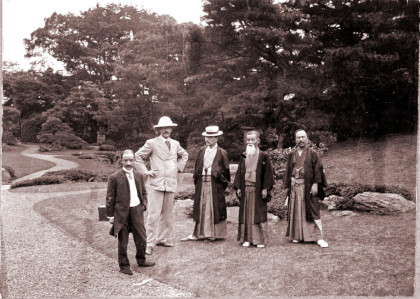
Photograph before colorization (© Waseda University)
This automated colorization technology uses artificial intelligence technology called deep learning. Deep learning is a technology that imitates human learning by feeding a computer large amounts of data to teach it to recognize and process images just as a human would. By scanning countless photographs both in color and in black and white, the computer learns to recognize characteristics that indicate how a photograph should be colored, and which it then uses to automatically convert monochrome images into color ones. To teach their computer system, the researchers used a total of about 2.3 million photographs.
To achieve even more accurate colors, the technology also uses a newly developed method, which connects information gathered from the full image with characteristics learned from smaller parts of it. For example, the system learns from the full image whether it shows an interior or exterior view, or whether it was taken during the day or at nighttime, and evaluates each part of the image for characteristics such as plants, sand, water, and the like. Combining the information and characteristics acquired from the full image and its components then makes possible a natural coloring.

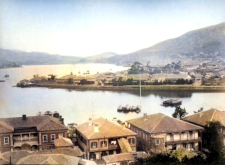
Colorization of a photograph of the Dejima foreign settlement, Nagasaki circa 1890 (Mary Evans Picture Library/AFLO)

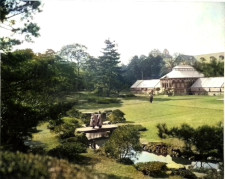
Colorization of a scenic photograph from ca. 1910 (© Waseda University)
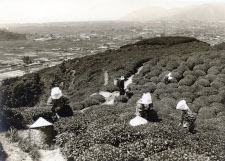

Colorization of a photograph of tea harvesters on the outskirts of Tokyo, ca. 1920 (Picture Alliance/AFLO)
Technology Anyone Can Use
How easy it is to colorize a photograph depends on its content, however. Objects like cars, buildings, and clothes, whose color is impossible to guess from a black and white image, are difficult to colorize, whereas things like water, trees, or leaves, whose colors are usually fixed, can be colorized convincingly. By supplementing information such as the date, weather, and time when a picture was taken, or the color of buildings and clothes, it becomes possible to colorize images more realistically and precisely. That is why there are also efforts to restore photographs and documents from the past by adding manual restoration to the automated colorization process.
The source code (a program’s underlying structure, written in a programming language) of the program developed by the researchers is freely available to the public. You can try it, as the researchers have also created a website for anyone to use and try out their system. By adding color to black and white photos, scenes and people from the past, formerly impossible to see in color, are restored vividly and as a result appear more familiar to us. The professor who developed this technology says that he hopes that by freely using the technology, people will discover new ideas and uses for it.
You can try the technology for yourself at http://hi.cs.waseda.ac.jp:8082 (website in Japanese and English only)
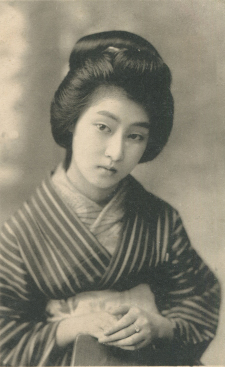

Colorization of a Japanese woman from about 100 years ago(AFLO)
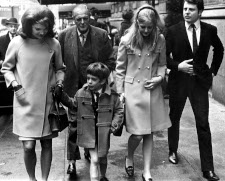
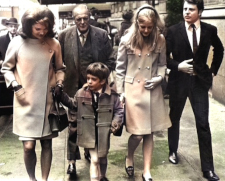
Colorization of Jacqueline Kennedy, Randolph Churchill, John F. Kennedy Jr, Annabella Churchill, and Andrew Carr, New York, 1970 (Everett Collection/AFLO)
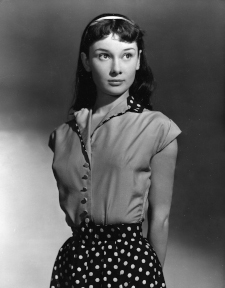
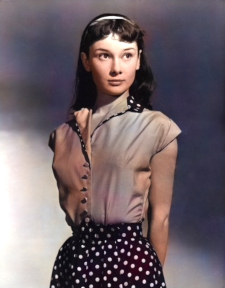
Colorization of Audrey Hepburn, 1973(Photofest/AFLO)